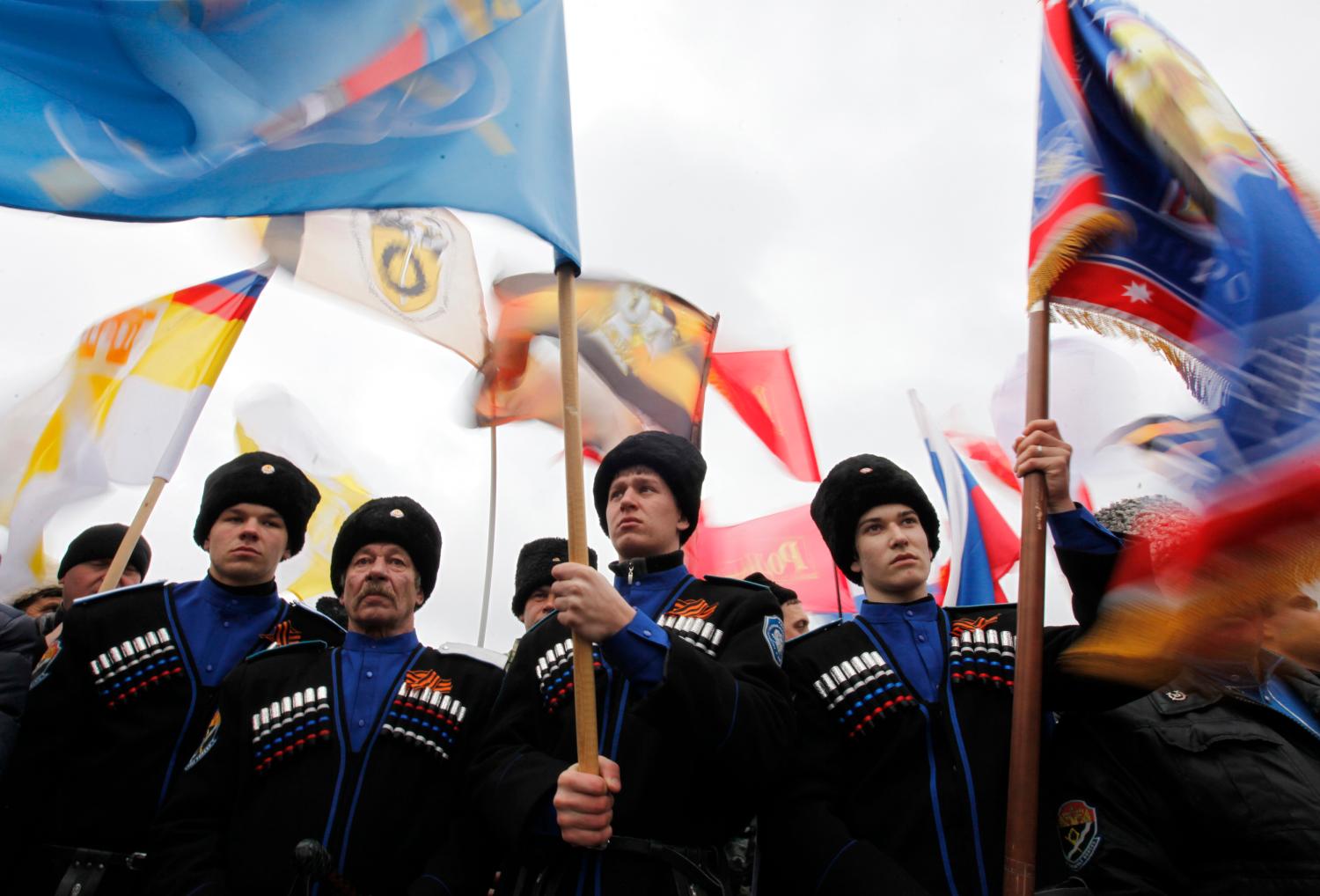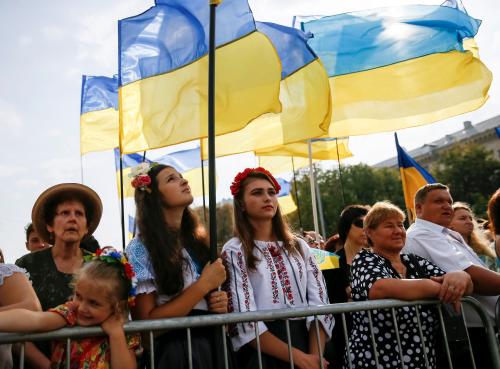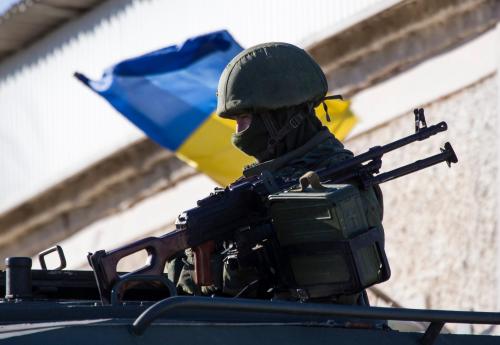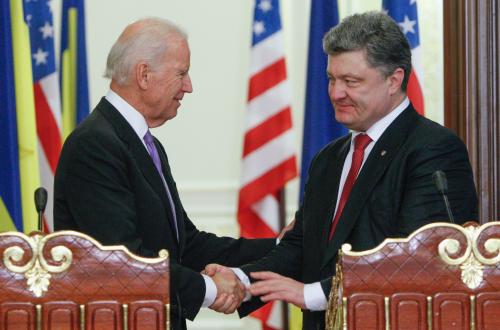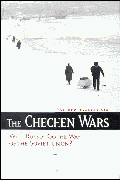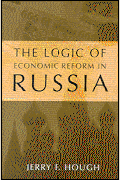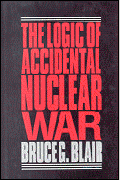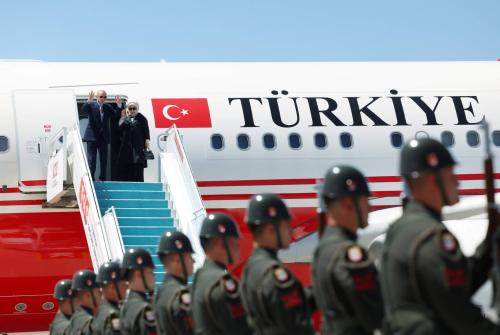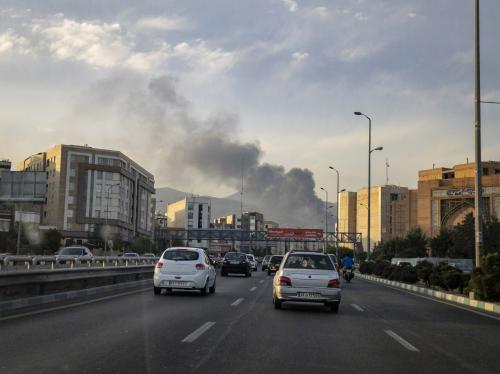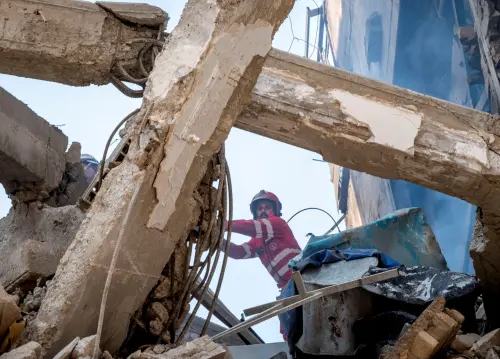Since Russia’s intervention in Ukraine and Crimea, much attention has been focused on the 1994 Budapest Memorandum, which provided Ukraine with security assurances in return for Kyiv signing the Nuclear Non-Proliferation Treaty (NPT) and giving up the nuclear arsenal it inherited from the collapse of the USSR. Twenty years ago––before that memorandum was signed by the Russian Federation, the United States and the United Kingdom––Ukraine and Crimea were also plunged into a state of turmoil.
The Russian government of President Boris Yeltsin put economic, security and territorial pressure on Kyiv to press Moscow’s advantage in a series of disputes about Ukraine’s nuclear arsenal and the Russian Black Sea Fleet in Sevastopol and other Crimean peninsula ports. Russia cut off Ukrainian fuel supplies, raised concerns about accidental Ukrainian nuclear strikes on the United States or some catastrophic deterioration of poorly-maintained nuclear weapons, threatened territorial dismemberment to protect ethnic Russians in Crimea and elsewhere in Ukraine, and insisted that Ukraine join the Commonwealth of Independent States—the constellation of former Soviet republics that Moscow initially pulled back into its orbit after the dissolution of the USSR.
In the early 1990s, the Ukrainian-Russian relationship was one of the most volatile in the post-Soviet space. It was not the only troubled relationship, however. In 1992-1993, Boris Yeltsin and his team invoked the right of Moscow to protect ethnic Russians and Russians speakers in all the former republics of the Soviet Union (including the Baltic states). Yeltsin demanded that the West and international institutions grant Russia “special powers” to guarantee peace and security in its immediate neighborhood. This was the period in which Moscow coined the term “the Near Abroad,” and for the rest of the 1990s, Boris Yeltsin tried repeatedly to reassert Russia’s influence there. Yeltsin enshrined, in successive foreign policy and military doctrines, Russia’s right to intervene in regional territorial and ethnic conflicts, in defense of Russian speakers, and in response to any attacks on Russian military facilities. Yeltsin was hobbled by economic crisis, domestic political turmoil, and secessionist conflicts at home, and never able to mount a major Russian military intervention. Instead, it is Vladimir Putin who has invoked the Yeltsin doctrines to move into South Ossetia, Abkhazia and Georgia in 2008, and into Crimea and Ukraine in 2014.
In January 1994, Brookings Senior Fellow Fiona Hill and Pamela Jewett, both then research analysts at the Belfer Center at Harvard’s Kennedy School of Government, produced a report, Back in the USSR: Russia’s Intervention in the Internal Affairs of the Former Soviet Republics and the Implications for United States Policy Toward Russia, documenting the efforts of the Yeltsin government to reassert Russian influence over Ukraine, Georgia, Moldova, the Baltic states and the other former Soviet republics. The report was part of a series of research projects and working papers on ethnic conflicts in the former Soviet Union, carried out in the 1990s under the auspices of a larger program on the transformation of Russia and the other republics of the USSR, directed by Professor Graham Allison, current director of the Belfer Center, and supported by a grant from the Carnegie Corporation of New York. The record of 20 years ago offers a sobering perspective on Vladimir Putin’s goals and actions in Russia’s neighborhood.
The Brookings Institution is committed to quality, independence, and impact.
We are supported by a diverse array of funders. In line with our values and policies, each Brookings publication represents the sole views of its author(s).

